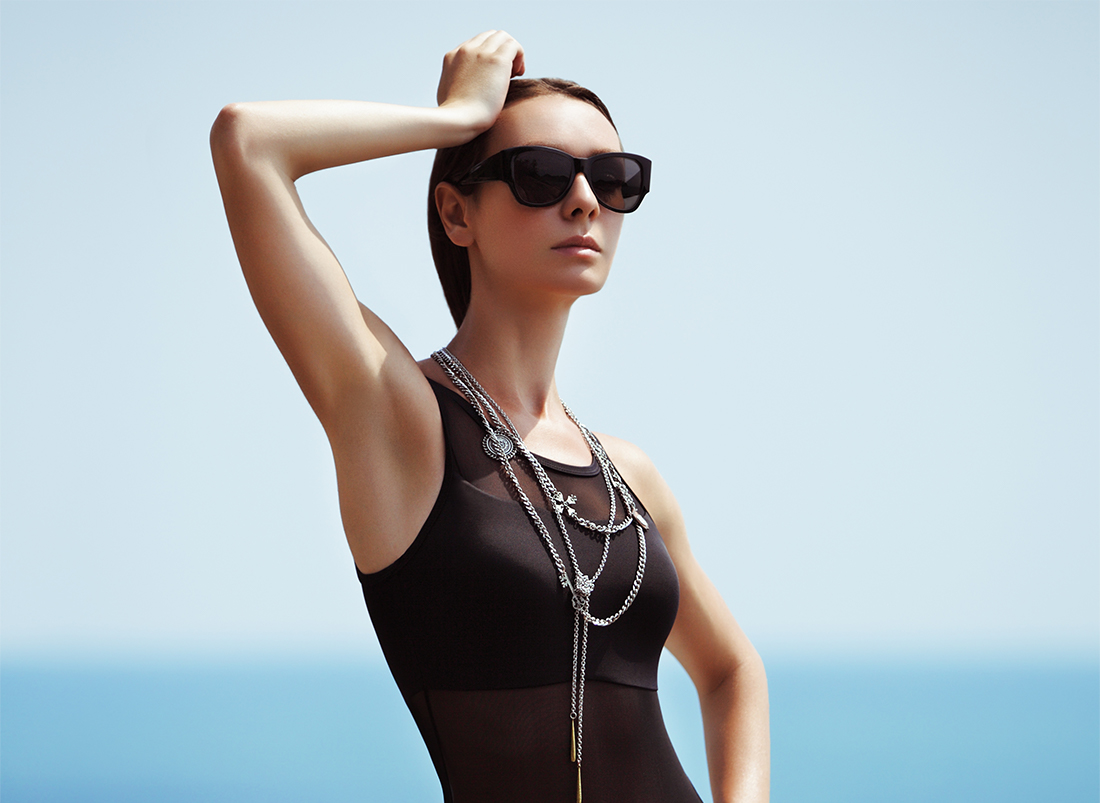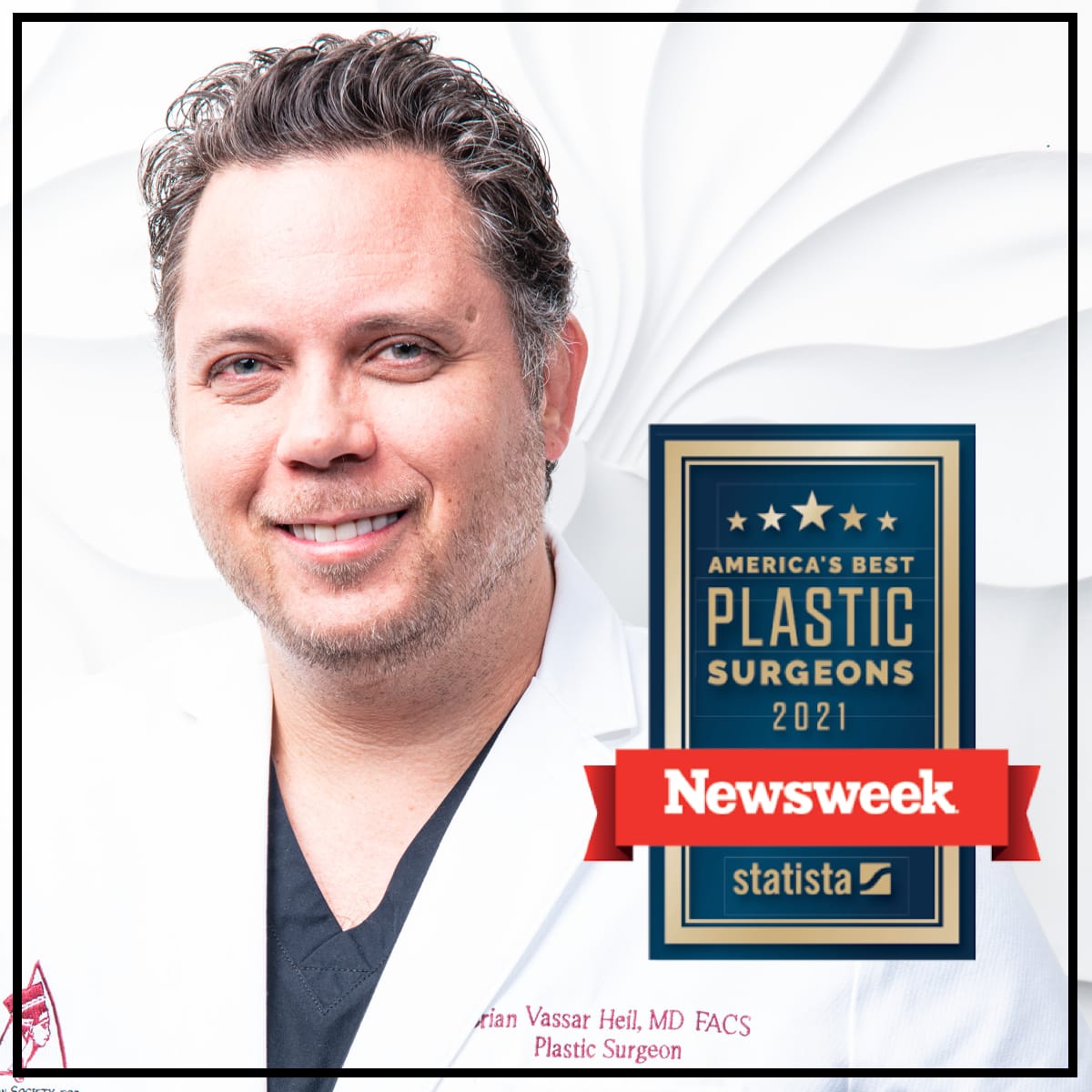Choosing the Right Implant Size: A Realistic Guide to Breast Augmentation
Choosing the right implant size for breast augmentation is about more than simply going “bigger.” It’s about balance, proportion, and designing a look that enhances natural beauty while aligning with your lifestyle, body type, and long-term goals.
At Premier Plastic Surgery in Pittsburgh, board-certified plastic surgeon Dr. Brian V. Heil empowers patients to make confident, informed decisions through deeply personalized consultations and expert guidance.
Here’s what you need to know about choosing the right implant size—with realism, artistry, and precision.
Why Size Isn’t Just a Number
When selecting breast implants, it’s essential to move beyond the idea of cup size. For example:
- Implants are measured in cubic centimeters (cc), not A, B, or C cups
- This is because bra sizing varies widely between brands and styles
- The same implant volume can look completely different on two women, depending on their body type, chest width, existing breast tissue, and skin elasticity
To give you a general sense:
- 200–300cc implants typically create a subtle, natural enhancement, ideal for those seeking a conservative change
- 300–400cc is a popular range for a fuller yet still natural-looking result, especially for women starting with moderate breast volume
- 400–500cc and above offers a more dramatic increase in size and projection, often chosen by patients seeking a noticeably enhanced silhouette
During your consultation at Premier Plastic Surgery, Dr. Heil takes precise measurements of your breast base width, skin stretch capacity, and nipple position. Combined with your aesthetic goals, these anatomical details help define the implant size to offer your unique frame’s most beautiful, balanced, and long-lasting result.
Factors That Should Shape Your Decision
1. Your Frame and Body Proportions
- Dr. Heil considers chest width, shoulder and hip ratio, and torso length to recommend sizes that look balanced and natural
- An implant that complements a petite frame may look underwhelming—or overly augmented—on a taller build
2. Existing Breast Tissue and Skin Elasticity
- Patients with more natural breast tissue may accommodate larger implants without appearing artificial
- Those with tighter skin or smaller starting volume may need more gradual enhancements
3. Personal Lifestyle and Activity Level
- If you’re an athlete or lead a highly active lifestyle, oversized implants may feel cumbersome
- Choosing a realistic size supports both comfort and confidence long-term
4. Desired Outcome
- Some patients desire a subtle boost; others prefer a more dramatic curve
- At Premier Plastic Surgery, Dr. Heil helps you visualize results using before-and-after galleries, sizers, and 3D simulations when appropriate
5. Future Considerations
- Implants are long-lasting, but they’re not lifetime devices
- The FDA recommends regular checkups and MRIs for silicone implants to detect silent rupture (FDA Breast Implants)
Implant Profiles Are Just as Important as Size
Beyond cc volume, implants come in different profiles—low, moderate, and high—which determine how far the breast projects from the chest wall. This choice affects how prominent your breasts appear from the side and plays a significant role in the overall silhouette.
For example:
- Low profile = broader base, less projection. Low-profile implants offer a subtler slope that can beautifully complement broader frames.
- Moderate profile = balanced base width and forward projection (a common choice for natural-looking fullness).
- High profile = narrower base, more forward projection. High-profile implants tend to create a rounder, more noticeable cleavage—ideal for those who want a pronounced enhancement, especially on a narrower chest.
Dr. Heil carefully measures your chest dimensions and breast tissue to recommend a profile that matches your vision and fits your anatomy with elegance and longevity.
What If I Want to Go Bigger Later?
While it’s possible to upsize in the future, initial choices should lean toward longevity and comfort. Choosing an implant that is too large from the start can lead to premature skin stretching, rippling, or drooping, potentially requiring revision surgery. Excessive implant size may also contribute to complications like capsular contracture and back or shoulder pain.
Not Sure About Implants? Consider Fat Transfer
Fat transfer breast augmentation may be a good alternative if you’re looking for a subtler boost (up to 1.5 cup sizes). This technique uses your body fat—typically from the abdomen or thighs—to naturally enhance breast volume without implants.
Ready to Find Your Ideal Fit?
At Premier Plastic Surgery in Pittsburgh, Dr. Brian V. Heil brings decades of experience, board certification, and a patient-first philosophy to every breast augmentation procedure. His approach is rooted in education, precision, and trust, ensuring that your results reflect your aesthetic goals and long-term well-being.
Dr. Heil’s extensive training—including a five-year integrated residency in General and Plastic Surgery and a fellowship in MicroSurgery—forms the foundation of his reputation as one of Pittsburgh’s most respected plastic surgeons. But his compassionate, detail-driven consultations and commitment to natural-looking outcomes truly set him apart.
When you’re ready to find your ideal fit, we’re here to help. Contact us today to book your consultation and learn more.
Additional Sources
International Expert Panel Consensus on Fat Grafting of the Breast – PMC
Breast Augmentation | Johns Hopkins Medicine
Breast Augmentation | American Society of Plastic Surgeons






